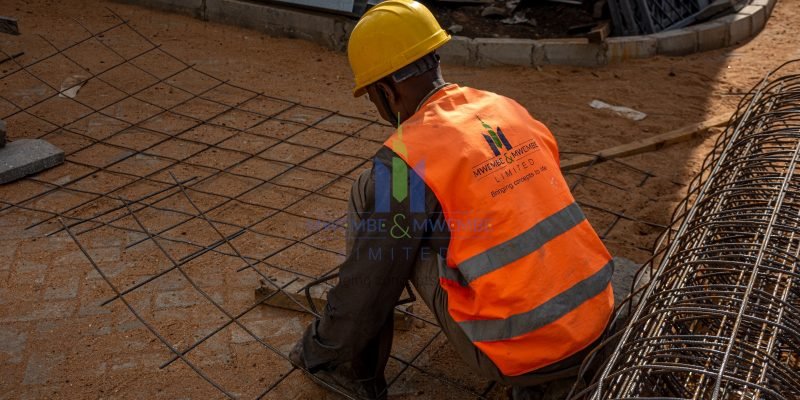The Construction Manager is entrusted with the dreams and hopes of individuals, businesses, and communities. Embracing this type of challenge can be an invigorating and rewarding experience.
Construction management is a broad discipline that covers all major aspects of the construction process including construction contracts, construction methods, construction materials, production and cost estimates, progress and cost control, quality control, and safety. With a carefully considered strategy and the use of the right digital solution, you can ensure that your project is delivered on time and on budget.
Construction management, in its most common use, refers to the act of managing the construction process. The construction manager, who may be a contractor, project manager, superintendent, or one of their representatives, manages the basic resources of the construction project. Competent construction management results in the completion of a project on time and within budget.
Construction projects are intricate endeavors that demand meticulous planning, precise execution, and effective management to ensure success. Whether it’s a skyscraper, a residential development, or infrastructure upgrades, construction management is essential to bring these visions to fruition within set timelines and budgets. To navigate the complexities of construction projects and attain success, employing sound strategies is paramount. Let’s explore some key strategies that can elevate your construction project management game.
- Comprehensive Project Planning and Scope Management
A solid foundation is crucial for any construction project. Begin by defining the project scope, objectives, and constraints in detail. Conduct a thorough risk assessment and establish contingency plans to mitigate potential disruptions. A well-defined scope will help in setting realistic goals and expectations, enabling smoother progress throughout the project lifecycle.
- Effective Communication and Collaboration
Construction projects involve multiple stakeholders, including architects, engineers, contractors, suppliers, and clients. Effective communication and collaboration are vital to ensure everyone is aligned with the project goals and their roles within it. Utilizing modern project management tools and software that facilitate real-time collaboration, document sharing, and progress tracking will also ensure effective communication.
- Strategic Resource Management
Efficient allocation and management of resources—be it labor, materials, or equipment—is crucial to project success. Develop a resource management plan that considers availability, skills, and cost-effectiveness. Regularly monitor and adjust resource allocations as needed to optimize performance and keep the project on track.
- Adaptability and Flexibility
In the construction industry, change is inevitable. Be prepared to adapt to unforeseen challenges, alterations in project scope, or unexpected delays. Maintain a flexible approach that allows for adjustments while keeping the project aligned with its objectives. Anticipate potential changes and have contingency plans in place to minimize the impact on the project’s timeline and budget.
- Robust Risk Management
Identify potential risks and uncertainties early in the project lifecycle. Develop a comprehensive risk management plan that outlines risk assessment, mitigation strategies, and contingency measures. Regularly review and update this plan to address evolving risks and uncertainties as the project progresses.
- Utilize Technology and Automation
Leverage construction project management software, Building Information Modeling (BIM), and other technological advancements to enhance efficiency, accuracy, and collaboration. Automation can streamline mundane tasks, reduce errors, and provide real-time insights, enabling informed decision-making and optimizing project outcomes.
- Continuous Monitoring and Performance Evaluation
Implement a robust monitoring and evaluation process to track project progress, resource utilization, and overall performance against predefined benchmarks. Regular project reviews allow for timely identification of issues and the implementation of corrective actions to keep the project on the right path.
- Prioritize Health, Safety, and Sustainability
Safety and sustainability should always be at the forefront of construction projects. Ensure that safety protocols and guidelines are strictly followed, and sustainable practices are integrated into project planning and execution. A safe work environment not only protects the workforce but also contributes to increased efficiency and productivity.
Conclusion
Successful construction management demands a strategic approach that integrates planning, communication, adaptability, and technology. Embrace these strategies and watch your construction projects thrive and succeed. Construction Management is not just about building structures; it’s about building success.


